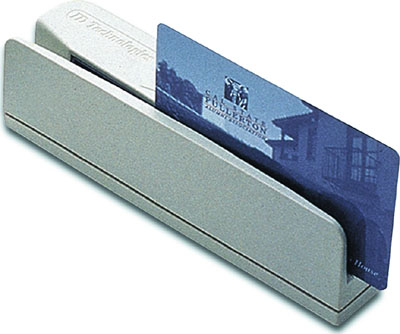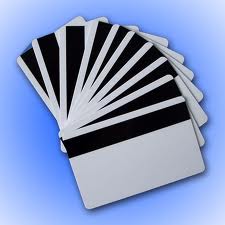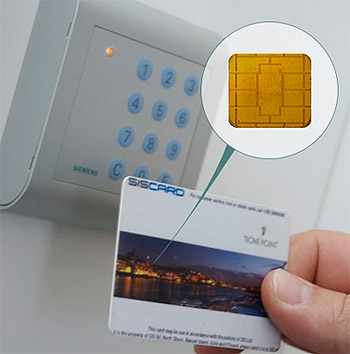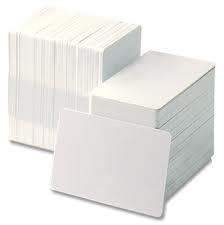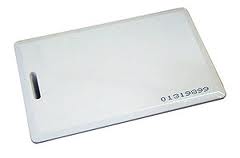
Description
Lots of companies use proximity cards to control physical access. An employee holds their information in the proximity card which is highly secure and can be read with the help of proximity card reader.
Features
Proximity card is a generic name for contactless integrated circuit devices used for security access or payment systems. It can refer to the older 125 kHz devices or the newer 13.56 MHz contactless RFID cards, most commonly known as contactless smartcards. Lots of companies use proximity cards to control physical access. An employee holds their card within a few inches of the reader; the reader receives a unique id from the card and transmits it to some central computer that tells it whether or not to open the door.
Specification
Proximity card is a generic name for contactless integrated circuit devices used for security access or payment systems. It can refer to the older 125 kHz devices or the newer 13.56 MHz contactless RFID cards, most commonly known as contactless smartcards. Modern proximity cards are covered by the ISO/IEC 14443 (proximity card) standard. There is also a related ISO/IEC 15693 (vicinity card) standard. Proximity cards are powered by resonant energy transfer and have a range of 0-3 inches in most instances. The user will usually be able to leave the card inside a wallet or purse. The price of the cards is also low, usually US$2–$5, allowing them to be used in applications such as identification cards, keycards, payment cards and public transit fare cards.
Proximity cards use resonant energy transfer via an LC circuit. An IC, capacitor, and coil are connected in parallel. The card reader presents a field that excites the coil and charges the capacitor, which in turn energizes and powers the IC. The IC then transmits the card number via the coil to the card reader. The card readers communicate in Wiegand protocol that consists of a data 0 and a data 1 circuit (or binary or simple on/off (digital) type circuit). The earliest cards were 26 bit. As demand has increased bit size has increased to continue to provide unique numbers. Often, the first several bits can be made identical; these are called facility or site code. The idea is that company A has a facility code of xn and a card set of 0001 through 1000 and company B has a facility code of yn and a card set also of 0001 through 1000.
PLEASE CONTACT FOR PRICE RELATED QUERIES AND PLACING ORDERS AT:
MINDWARE
S -4, Plot No-7, Pocket-7, Pankaj Plaza, Near Metro Station, Sector-12, Dwarka, New Delhi-110078, (India)
+91-11-46102688 DIRECT LINE
Phones: +91-11-28032434, +91-11-46102688, +91-9810822688, +91-9717122688
Email: gm@indianbarcode.com

